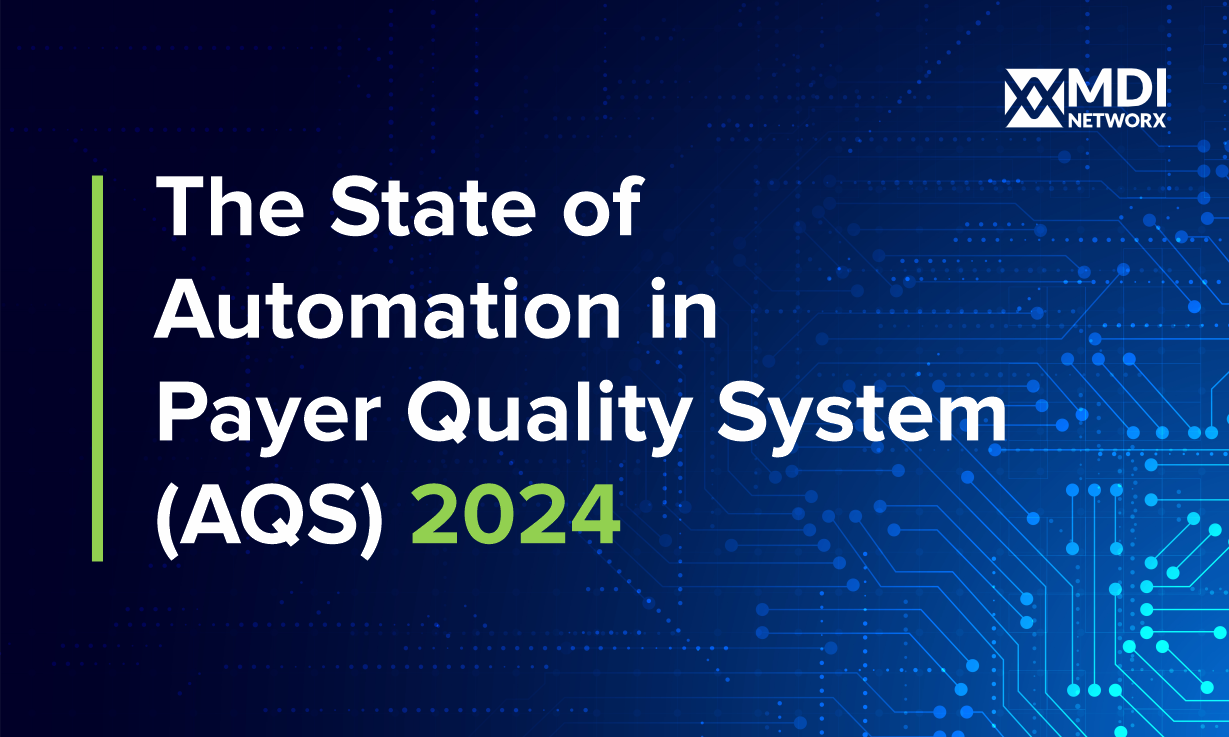In 2025, quality assurance is no longer about checking the box. It’s about operational precision in the face of accelerating complexity.
While health plans have modernized adjudication and analytics, most still rely on static quality assurance frameworks built for a different era. Legacy sampling, Excel scorecards, and disconnected feedback loops are still in play, even as claims volumes increase and regulatory oversight intensifies. This isn't just outdated. It's operationally risky.
Static Sampling Ignores Systemic Trends
Traditional quality assurance methods rely on random samples, often covering less than 5 percent of total claims. While this might detect isolated issues, it overlooks broader patterns.
In a high-volume, rules-driven environment, random audits miss the root causes of recurring errors. Worse, the insights arrive too late to influence upstream processes or examiner behavior.
Payers adopting dynamic models are replacing sampling with population-wide surveillance. AI and analytics identify high-risk claims based on behavior, not chance. This transforms QA from a reactive checkpoint into a proactive, preventive system.
Manual QA Workflows Are Slowing Teams Down
When QA depends on Excel sheets, email chains, and ad hoc file storage, inefficiencies follow. Audit results are delayed, scoring becomes inconsistent, and training gaps go unnoticed.
This slows issue resolution, strains auditor capacity, and undermines the entire quality ecosystem. These are not minor workflow problems. They are operational liabilities that impact payment accuracy, provider satisfaction, and compliance readiness.
Modern QA needs integrated, intelligent systems that automate case distribution, track errors to resolution, and surface performance insights in real time.
Compliance Requirements Are Moving Faster Than QA
As CMS and state-level mandates evolve, compliance is no longer static. Payers must prove not just that QA is being done, but that it is effective, scalable, and timely.
New quality assurance platforms address this with continuous monitoring, adaptive claim selection, and live feedback delivery. They enable auditors to work at scale, examiners to learn in the flow of work, and leadership to see measurable outcomes tied to quality programs.
This isn’t theoretical. Several mid-size and large health plans have already seen improvements in error rate reduction, audit throughput, and compliance preparedness after moving to automation-first QA.
The Path Forward: Intelligence over Sampling
Static QA models were built at different paces and levels of complexity. In 2025, claims quality must be dynamic, data-driven, and integrated with daily operations.
Organizations that modernize quality assurance are reducing cycle times, minimizing rework, and gaining visibility into where quality is breaking down and how to fix it. Those who don’t will struggle to keep up.
Discover how managed services can transform your healthcare operations.





